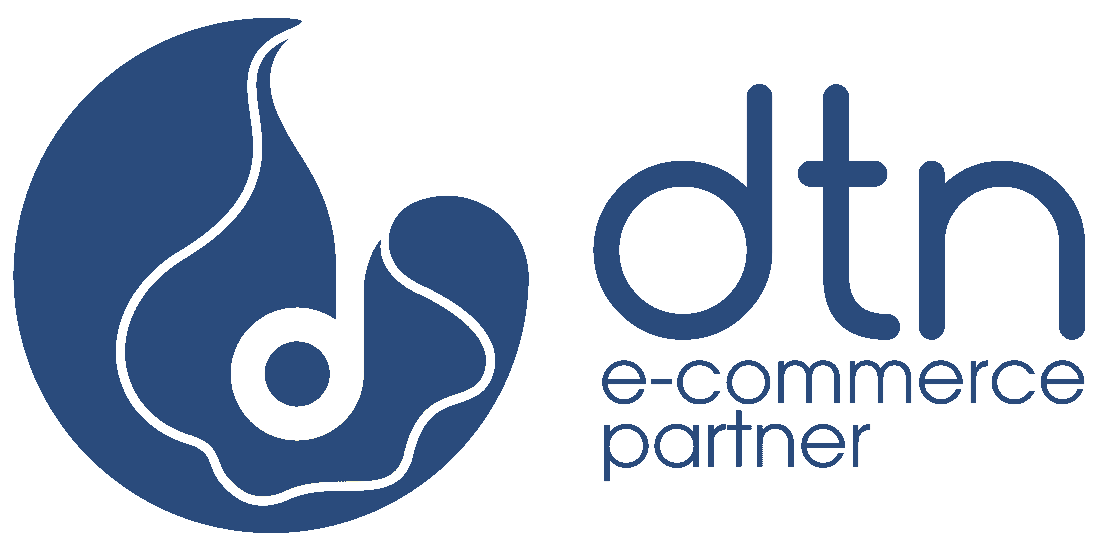Businesses are continually exploring innovative strategies to attract and retain customers. Among the most effective tactics are offering E-commerce Strategies: Discounts, Coupons, and Upselling techniques. These strategies not only boost sales but also enhance customer satisfaction and loyalty.
Table of Contents
Discounts and Coupons: A Powerful Sales Driver
Discounts and coupons are time-honored methods of enticing customers to make purchases. By offering reduced prices or special deals, businesses can effectively capture the attention of potential buyers and encourage them to complete transactions.
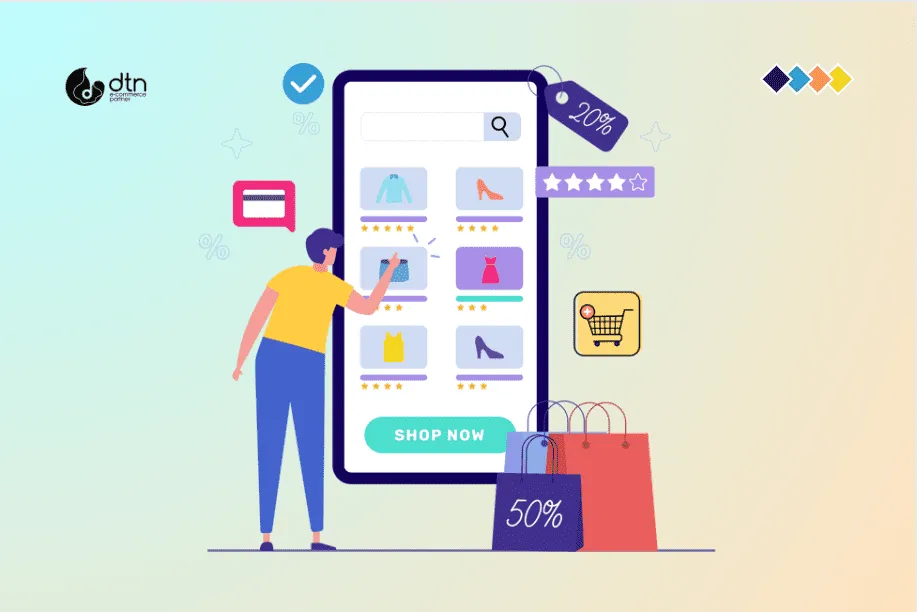
Types of Discounts
- Percentage Discounts:These discounts offer a specific percentage off the regular price of an item. For example, a 20% discount would reduce the price of a $100 item to $80.
- Fixed-Amount Discounts:These discounts provide a set dollar amount off the regular price. For example, a $10 discount would reduce the price of a $100 item to $90.
- Free Shipping:Offering free shipping is a popular discount strategy, especially for online retailers. Free shipping can be a significant incentive for customers who would otherwise be deterred by shipping costs.
Types of Coupons
- Single-Use Coupons:These coupons can only be used once by a single customer. They are often generated and distributed through email marketing campaigns or social media promotions.
- Multi-Use Coupons:These coupons can be used multiple times by different customers. They are often printed on product packaging or included in promotional materials.
Upselling: Encouraging Customers to Spend More
Upselling is a sales technique that encourages customers to purchase additional products or services beyond their initial purchase. This can be achieved by offering complementary products, suggesting higher-priced alternatives, or providing bundled packages.
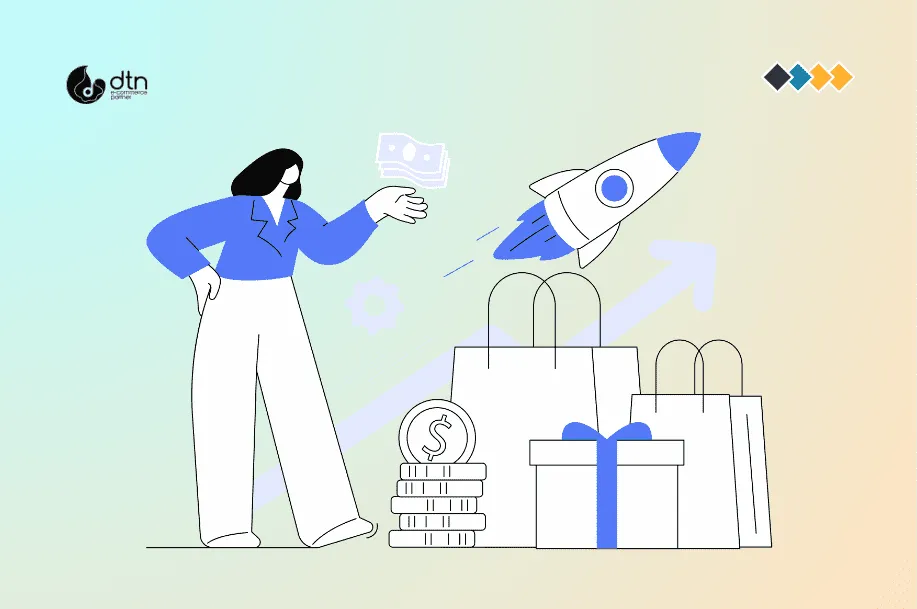
Complementary Products
- Offering complementary products is a classic upselling technique. For example, a clothing retailer might suggest a matching scarf or belt to complement a dress that a customer is considering.
- Cross-selling is a similar technique that involves suggesting products from different categories that complement each other. For example, an electronics retailer might suggest a laptop case or headphones to complement a new laptop purchase.
Higher-Priced Alternatives
- Upselling can also involve suggesting higher-priced alternatives to the products that customers are considering. This can be done by highlighting the additional features or benefits of the more expensive products.
- For example, a furniture retailer might suggest a higher-quality sofa that is more durable and comfortable than the one that the customer is initially considering.
Bundled Packages
- Bundling products together is another effective upselling technique. By offering a discounted price on a bundle of products, businesses can encourage customers to purchase more items than they would have if they were purchased separately.
- For example, a beauty retailer might offer a bundle that includes a shampoo, conditioner, and styling product at a discounted price.
Combining Strategies for Maximum Impact
Businesses can achieve the best results by combining discounts, coupons, and upselling strategies. By offering discounts and coupons to attract customers and then using upselling techniques to encourage them to spend more, businesses can significantly increase their sales and revenue.
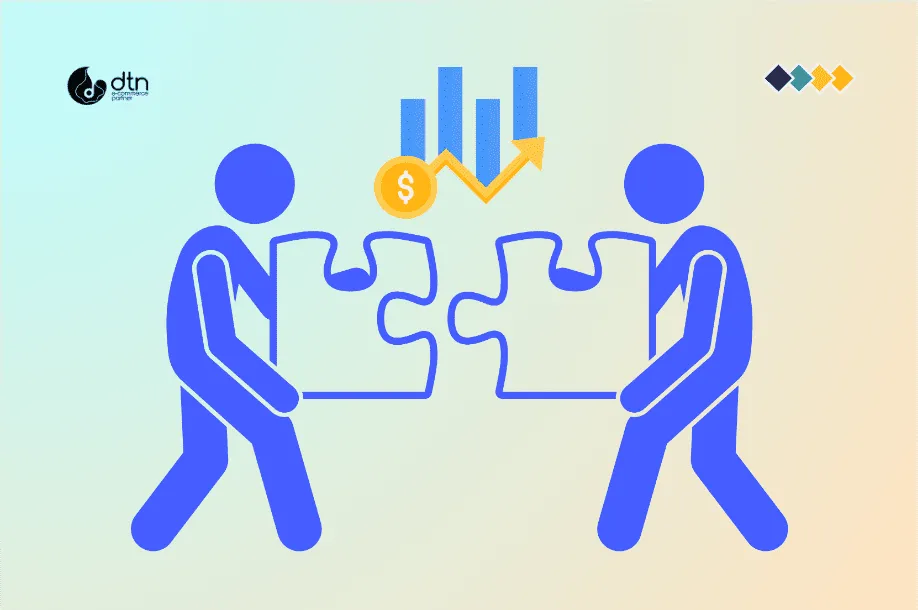
Conclusion
In the dynamic landscape of e-commerce, offering discounts, coupons, and implementing upselling strategies are essential tactics for businesses to succeed. By effectively utilizing these strategies, businesses can capture the attention of potential customers, drive sales, and foster customer loyalty.
Frequently Asked Questions
We’ve compiled a list of answers to common questions.
What are some types of discounts commonly used by businesses in e-commerce?
Businesses in e-commerce often utilize various types of discounts to attract customers and drive sales. Some common types of discounts include percentage discounts, which offer a specific percentage off the regular price of an item, fixed-amount discounts, which provide a set dollar amount off the regular price, and free shipping, which can be a significant incentive for customers, especially for online retailers.
How do businesses typically distribute coupons to customers?
Businesses distribute coupons to customers through various channels, including email marketing campaigns, social media promotions, and printed materials such as product packaging or promotional flyers. Coupons can be single-use, meaning they can only be used once by a single customer, or multi-use, allowing multiple customers to use them multiple times.
What is upselling, and how do businesses implement this strategy?
Upselling is a sales technique used by businesses to encourage customers to purchase additional products or services beyond their initial purchase. This can be achieved by offering complementary products that enhance the original purchase, suggesting higher-priced alternatives with additional features or benefits, or providing bundled packages at a discounted price.
How can businesses combine discounts, coupons, and upselling strategies for maximum impact?
Businesses can achieve maximum impact by combining discounts, coupons, and upselling strategies to attract customers, drive sales, and foster loyalty. By offering discounts and coupons to entice customers to make a purchase, businesses can then use upselling techniques to encourage them to spend more by purchasing additional products or upgrading to higher-priced options. This combination of strategies can significantly increase sales and revenue for businesses in the competitive e-commerce landscape.
